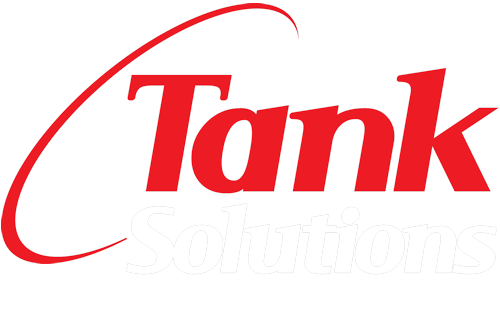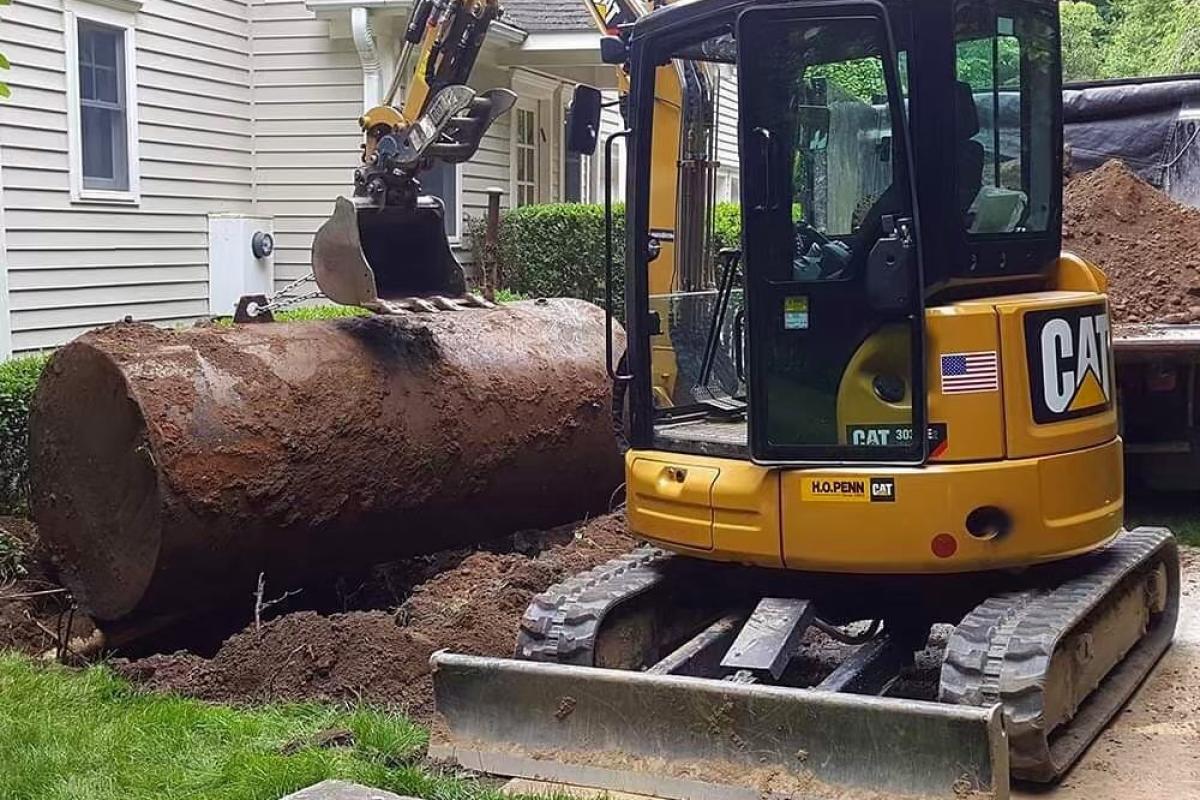For many homeowners, an underground oil tank is a critical component of their heating system, providing efficient fuel storage while remaining out of sight. However, these tanks do not last forever. Over time, they are susceptible to corrosion, leaks, and structural failures that can lead to costly repairs and environmental contamination. Understanding the factors that impact an oil tank’s lifespan, the warning signs of deterioration, and the best practices for maintenance can help homeowners make informed decisions about oil tank removal or replacement.
How Long Does an Underground Oil Tank Last?
The lifespan of an underground oil tank depends on various factors, including its material, installation quality, and ongoing maintenance. On average:
•Steel tanks last between 15-25 years but can corrode from the inside out if not properly maintained.
•Fiberglass and plastic tanks are more corrosion-resistant and can last over 30 years with proper care.
•Poorly installed tanks may need replacement within 10-15 years due to improper backfilling, water infiltration, or lack of corrosion protection.
Key Factors That Affect Tank Durability
1. Material & Installation Quality
•Tanks constructed from high-grade steel with protective coatings are more durable.
•Fiberglass and plastic tanks offer better resistance to rust and leaks.
•Poorly installed tanks, such as those placed in areas with high water tables or acidic soil, deteriorate faster.
2. Maintenance & Environmental Conditions
•Regular inspections help detect small issues before they become major problems.
•Tanks exposed to moist soil, shifting ground, or poor drainage tend to corrode faster.
•External damage from tree roots or heavy vehicles above the tank can cause structural weaknesses.
Signs That Your Underground Oil Tank Needs Replacement
Even the best-maintained tank will eventually need replacement. Watch for these warning signs that indicate a failing oil tank:
1. Visible Ground Staining or Discoloration
•Dark patches on the soil near your tank may indicate an oil leak.
•Wet spots or a strong oil smell suggest contamination.
2. Increased Heating Oil Consumption
•If you're refilling your tank more often than usual, it could mean oil is leaking into the ground.
•Higher-than-normal fuel bills with no explanation are another red flag.
3. Persistent Oil Odors Around the Tank Area
•A strong, lingering smell of heating oil suggests a leak or venting issue.
•Indoor oil smells could mean fumes are seeping into your basement or crawlspace.
4. Sudden Drops in Oil Levels
•If your oil levels decrease significantly without increased usage, your tank may be leaking.
•Fluctuations in fuel levels can also be caused by faulty gauges or a compromised system.
5. Rust, Corrosion, or Weak Tank Structure
•Older tanks are prone to rusting from the inside out, making external inspections unreliable.
•Unstable support legs or bulging tank walls indicate structural failure.
Steps to Take If Your Oil Tank Is Failing
If you suspect an issue with your underground oil tank, take immediate action to prevent environmental damage and costly remediation.
Immediate Steps:
•Stop using the tank if you notice leaks or strong odors.
•Contact a professional like Tank Solutions for an oil tank sweep and soil testing to assess potential contamination.
•Schedule a licensed inspection to determine the severity of the issue.
Long-Term Solutions:
•Oil Tank Removal & Replacement
o Replace aging steel tanks with fiberglass or double-walled plastic models that are more resistant to corrosion.
o Upgrade to above-ground options for easier monitoring and maintenance.
•Site Remediation & Environmental Cleanup
o If your oil tank has leaked, proper soil cleanup is essential to avoid fines and property devaluation.
o A professional remediation company can remove contaminated soil and prevent further damage.
How to Extend the Life of Your Oil Tank
A proactive maintenance plan can extend your underground oil tank’s lifespan and reduce the risk of premature failure.
1. Schedule Regular Inspections
• Have a professional inspect your tank annually for signs of wear, corrosion, or leaks.
• Test soil around the tank periodically to catch leaks early.
2. Monitor Oil Levels & Consumption
• Keep track of your fuel usage to spot any unexplained changes.
• Ensure your fuel gauge is working correctly and not giving false readings.
3. Keep the Tank Area Clear & Well-Maintained
• Prevent water accumulation around the tank by ensuring proper drainage.
• Avoid parking vehicles or placing heavy objects over the buried tank.
4. Consider an Oil Tank Protection Program
• Some providers offer warranty plans that cover maintenance, repairs, and oil tank replacement if needed.
Proactive Replacement Saves You Money; Contact Tank Solutions Today!
While underground oil tanks provide efficient home heating, their lifespan is not indefinite. Ignoring warning signs can lead to environmental hazards, costly cleanups, and system failures. If your oil tank is over 20 years old, and showing signs of corrosion, or leaking, it’s time to consider professional oil tank removal and replacement.
Protect your home and the environment, schedule a professional oil tank assessment today by contacting us onlineor calling (908) 964-2717 for a FREE quote!

